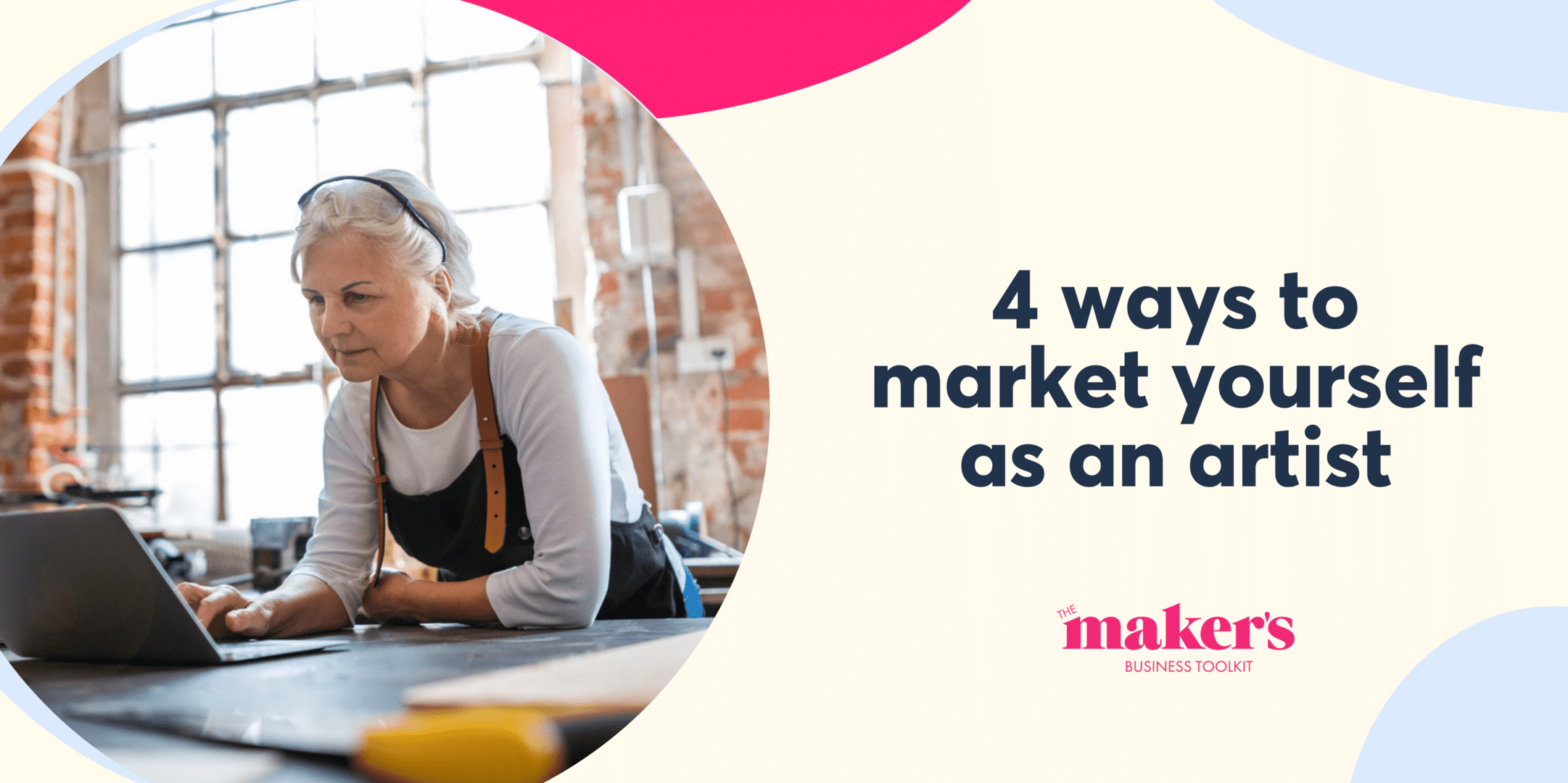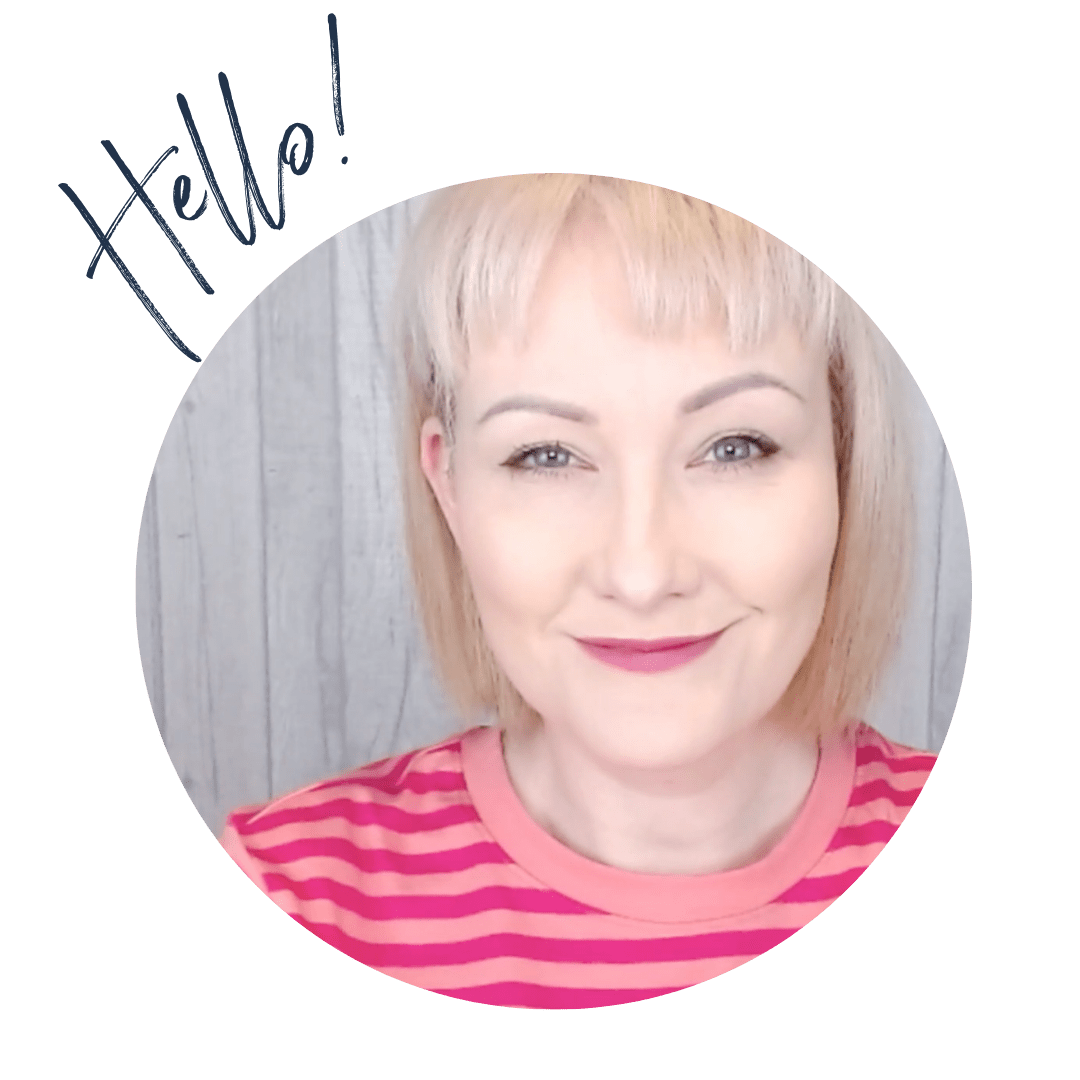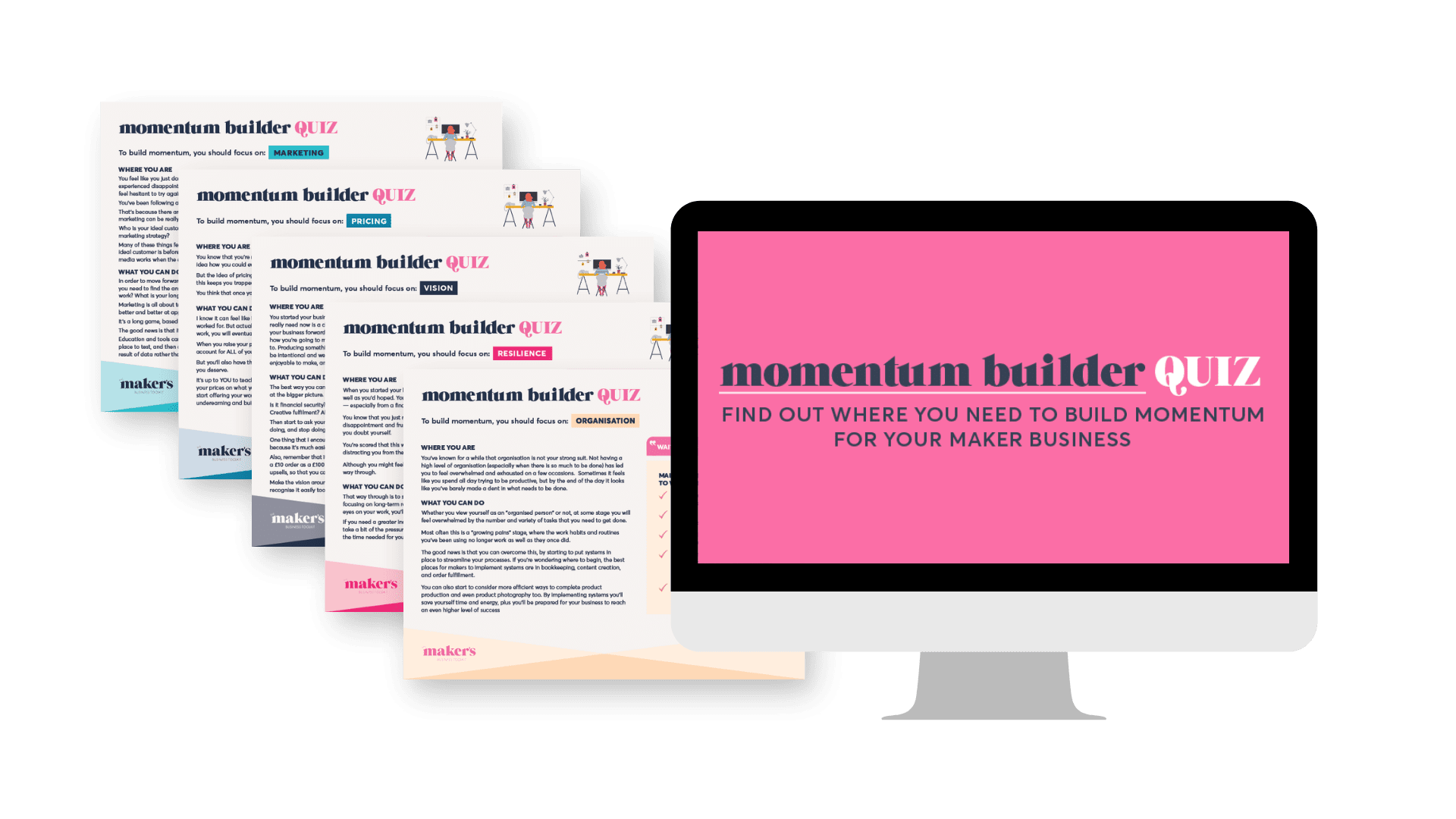It can be hard to know where to start when it comes to marketing your art. Naturally, artists gravitate to the places where they hang out, such as Instagram or TikTok. They jump right in and start creating content, but often they don’t have the basics in place to get it right.
Artists can’t start marketing until they understand the basics
Hold your horses! I get that it’s tempting to dive right in, but if you don’t get the basics right, your marketing will fail. (Sorry.)
What are the basic things you need to know before you start marketing?
1. Pricing your art right
For most artists (especially those who are new to business), I’m talking about undercharging. No amount of marketing can make up for a business with poor profit margins. You need to charge profitable prices right from the get-go.
2. Understanding exactly who your customer is
Imagine trying to appeal to everyone who “likes art” – that could be millions or even billions of people! You can’t appeal to them all.
You have to understand exactly who your dream customer is, including their values and beliefs, personality, likes and dislikes, and their demographics. That way, you’ll have a clear understanding of how to market to them. Without knowing who they are, you’re simply shouting into the void, and you’ll get noticed by no one.
For example, if you make art for business owners to proudly display in their offices and in front of their clients, then you might choose a platform like LinkedIn to market your business. When you think of social media and art, your mind doesn’t automatically jump to LinkedIn, does it? But in this instance, it works. Now that’s a rather simplified example, but you can see the importance of knowing your audience.
3. Understanding your brand
There are over 1.4 million working artists in the US alone. I have no doubt that your work is wonderful, but you still need that extra something to stand out, and that extra something comes from your brand.
When I speak to artists, they often say, ‘My work speaks for itself’, and they believe they don’t need to build a brand. But building a brand means that people can identify if your work is for them. It makes you stand out from your competition. And it helps you in every aspect of your marketing.
If all that seems a tad overwhelming, I get it. Especially when you want to dive straight into marketing and start selling your art. This is exactly why I created the Maker’s Business Foundation Programme, a 12-month course that will help you create a rock-solid foundation for your business.
So, let’s imagine at this point you’re clear on your pricing, customer and brand, how then do you market your business?
1. Use one platform for your “core content”
It’s tempting to head straight to Instagram or TikTok, right? As much as I love these platforms, they are hard to break into. It can take time to gain followers and traction.
The first thing I recommend (before you head over to the social media platform of your choice) is that you focus on a core platform that:
Lasts for as long as you want it to
The problem with social media is that you’re posting constantly, but once that message is out there, it disappears pretty quickly. Ultimately, you don’t want your content to go to waste. So, it’s a good idea to create content on a platform you have more control over first and then reuse it over social media.
Has the potential to deliver you traffic from people searching
For example, by having a blog, you can capture people searching on Google. By focusing on videos, you can capture people searching on YouTube. By having a podcast, you can capture people searching on iTunes or Spotify.
So, think about where you’d like to house your core content – your blog, videos or podcast? And once you’ve created your core content, you can always repurpose it for social media. For example, if you write a blog, much of that content can be used in an Instagram story. It’s about using your blog, videos or podcast as your base and then reusing that content to your preferred social media channels. Simple.
It saves you so much time doing it this way, makes your message more focused and it’s quicker and easier to create content from it.
2. Build your audience by collecting email addresses
It’s not enough to just have lots of followers on social media because you can’t control who sees your message and how often they see it. That’s why building your email list should be an essential part of your marketing strategy.
An email list allows you to market your art on your terms, and get right into someone’s inbox.
Also, how likely is it that someone sees your art and buys straight away? This is actually rare. Most people need between 6–8 marketing touchpoints – marketing speak for seeing your art 6–8 times – before they buy. By having their email, you can bring them back to your wonderful art, reminding them exactly what they’re missing.
Finally (you can tell I’m a huge fan of building your email list), when you build your email list, you build a base of superfans you can forever communicate with. Sometimes, life will get in the way. You won’t have time to create a TikTok or be “on” on Instagram, and keeping up with it all can get daunting. By having an email list, you’re less reliant on social media to deliver your sales.
How can artists build an email list?
The question is, how on earth can you build an email list? The best way is through your content, e.g. through your blog, videos or podcast, and on your social media channels.
If you can offer some sort of freebie in exchange for someone’s email address, this can work like a charm. It has to be a good freebie: a helpful checklist, a quiz, a PDF guide, a video, etc. Here are some good examples to inspire you…
- Framing original artwork – the ultimate guide
- Caring for your original artwork – the PDF guide
- How to display original artwork in your home – video
- Take our quiz to find out what kind of art you should display in your home
- Original art buyer’s guide – how to find and buy beautiful original artwork
3. Social media for artists
Now for the artists’ favourite bit – social media! Artists love to dive right into different platforms and start posting. But there are a few things to keep in mind before you get started.
Pick ONE platform at the beginning
I see artists start with Instagram, TikTok, Facebook and Twitter. This is way too much. It can take a long time to build a following on these platforms and see results. That’s why it’s best to focus on just ONE platform first. Master that platform, and then if you have time, move on to another one.
This may seem counterintuitive, because you might be thinking, ‘But I can reach more people if I’m on multiple social media platforms.’ And that’s true, but if your attention is split between multiple platforms, you’re not going to be able to put in the effort it takes to get the best results out of the individual platform. It’s just not possible.
Each platform comes with a lot of learning. There are entire courses dedicated to just Instagram hashtags!
Trying to “be everywhere” will just stress you out and absorb your time. Pick one platform, learn everything you can, keep testing new things out and get it right.
Go where your audience spends their time
As I said at the beginning of this article, use the social media platforms that your audience use. That means if you’re appealing to young professionals, you could use LinkedIn. If you’re appealing to millennial mums, then Instagram might work best.
Don’t be afraid to use different social media platforms to what you prefer or think are best. Instead, look at your audience and show up where they spend their time.
What about Pinterest for artists?
Pinterest is an interesting consideration because, surprisingly, it’s more of a search engine (like Google) than it is a social media platform. If you think about it, you use a search feature on Pinterest to find images (rather than information), and it has a lot more similarities to Google than say Instagram or TikTok.
What works incredibly well on Pinterest is pinning the images from your articles (or blog), and sending even more traffic to your website. This brings me nicely to my next point…
4. Create your website
Every artist should have their own website – a little space on the internet that they own (and control!).
A lot of artists rely on websites like Etsy to sell their work, but often your customers won’t remember you when they buy from Etsy. All they’ll think is, ‘I got this beautiful piece of art from Etsy!’ Selling over Etsy makes it difficult to build a following of loyal customers who repeat-purchase. It’s also impossible to grow your email list this way.
Having your own website is key to building your brand, selling your artwork with more favourable fees and growing your email list.
If you want to learn more about setting up a website as an artist, check out my article on Why Artists Must Have a Website & The Best Platform to Choose.
What’s next for you?
If there’s one thing you gain from the article, it’s this: get the basics right first, BEFORE you start marketing. That means:
- Pricing your art right
- Understanding your brand
- Knowing exactly who your customer is
Once you know this, you can delve into the exciting world of marketing.
If you’d like support with marketing your business, then do check out Makers’ Momentum Club.
Makers’ Momentum Club specifically helps artists, makers and craftspeople get better at marketing and build a profitable business. You can learn more about the club here.








